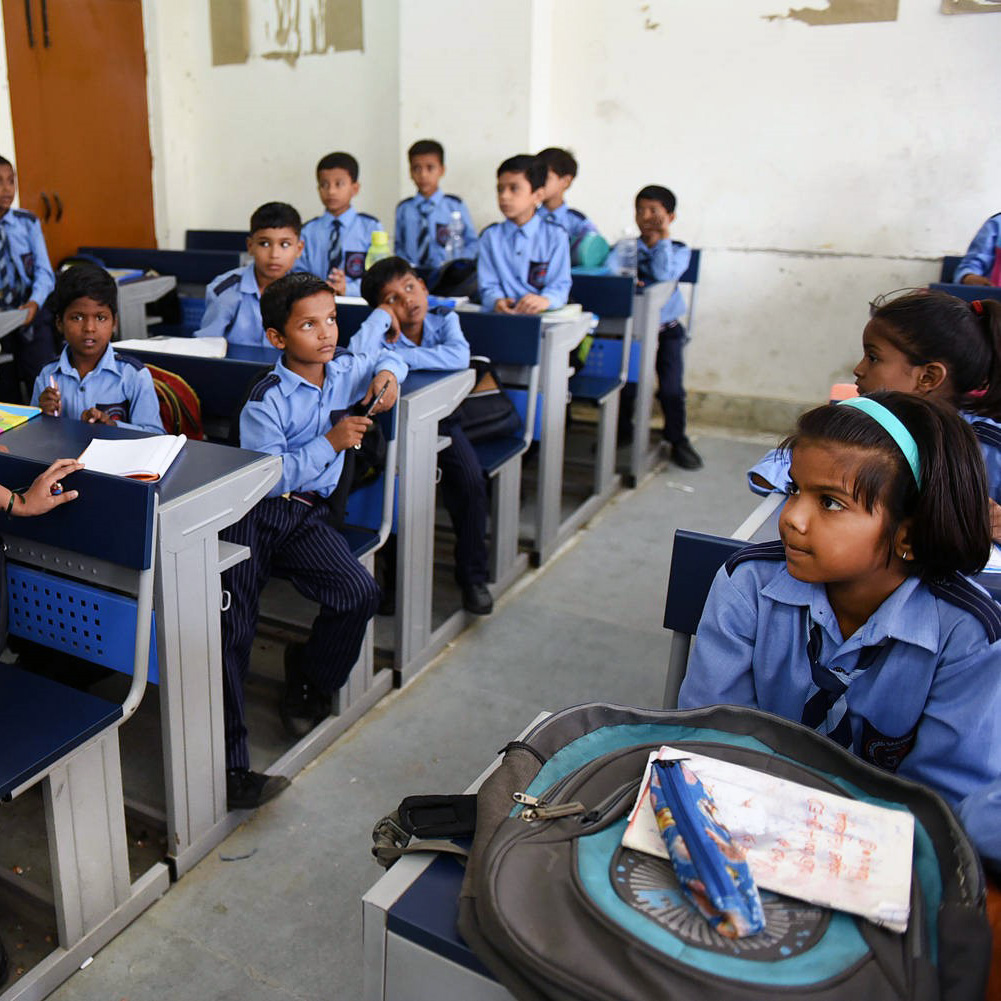Given that India has the world’s second largest population, it is not shocking that they also have the second largest education system. However, despite the size, there are still enormous disproportions in participation rates. These gaps are particularly evident within populations of lower castes. Overall the country has come a long way in terms of progression towards equal access to education. Within the last ten years it was reported that the enrollment of rural children, ages 6-14 was 96.5%. This number of attendances is unfortunately left in primary school and drastically decreases when they reach secondary school. This means that primary education is the only education that most children receive, leaving them solely with basic arithmetic, reading and writing skills. While these are incredibly useful skills to have in life, they do not get students higher paying jobs alone. Higher degrees are required for obtaining jobs in fields that kids dream about being in.

Even if students were to make it past primary school and continue their education, they are limited in resources, quality educators, and what they can be taught. Private schools in India are highly regulated and limited in terms of what they can teach and how they can operate. This restricts their array of knowledge, ultimately restricting their options for when they graduate. Public schools on the other hand are limited financially, meaning resources such as writing tools and teachers are sparce. Both these limitations are indicators that the education system is lacking basic necessities to teach higher quantities of students in a quality manner. Many of the educational institutions are also limited in space in terms of enrollment. All levels of education are experiencing these issues in India, specifically higher education, where many students remain unemployed after attending and graduating from university. This raises serious questions towards the quality and relevance of these education institutions. The only other option for Indian students is to go abroad for university however, this is financially unattainable for the majority of students in India. There needs to be a more developed solution rather than just sending students abroad to receive an adequate education. These students deserve to receive quality education in their home country if they chose to do so.
If children are stunted at an early age in terms of their development of knowledge, they are limited in professional opportunities and consequentially the amount of money they can make. According to Dr. Maheshkumar Shankar Kedar, a professor at Sinhgad College of Science in Pune, India, overall 42.6% of economically active youth are still either unemployed or working yet living in poverty. This is due to the lack of skills acquired from higher education, in order to obtain those higher paying jobs. About 1/3 of employed youth in India work as casual wage laborers and are not making enough to pull themselves out of poverty, nor are they given any security, benefits, or labor protection. Given that over 50% of India’s population is under 25, that is a significant portion of the population whose potential is untapped.
The distribution of education not only benefits the future of these children, but also benefits the future of the country. The youth has the power to change societal, economic, and politically engraved practices that have created these divides in India. But that can only happen when they are thoroughly informed on all aspects and educated enough to both form an opinion and develop tactical solutions to the country’s development. When more people are aware of their own country’s systems and understand the structure it is based off of, the more they are inclined to be involved, supporting institutions that do good for the communities and eliminating the ones that don’t.
Government assistance in developing education needs to come in the form of technical and financial, while providing the flexibility on a state by state basis. This would ensure that each state gets a plan customed to their students’ needs, given that India is such a diverse country and not each region will have the same development needs as another. Monitoring is also a vital aspect of the government’s participation, as to make sure that the policies, goals and budget are all aligned within all the key players, giving them a clear view of the progress, they aim to make. Investing in the future of a country means investing in its youth. The best way to do that, is through education. The youth of India needs to be given the opportunity to expand their knowledge and skill sets in order to advance in society and be able to contribute to different aspects of the country. This development starts with education. Without being given the foundation of knowledge to choose a path in life, they are forced into one, usually consisting of poverty.
Sources:
https://www.researchgate.net/publication/338456637_Youth_in_India_-Education_and_Employment
https://medium.com/@pradeepkumarpanda/role-of-youth-in-shaping-indias-future-2301290bceed
https://borgenproject.org/10-facts-about-education-in-india/

Leave a Reply
You must be logged in to post a comment.